How to Become a MARCOS Commando: Eligibility & Selection Process
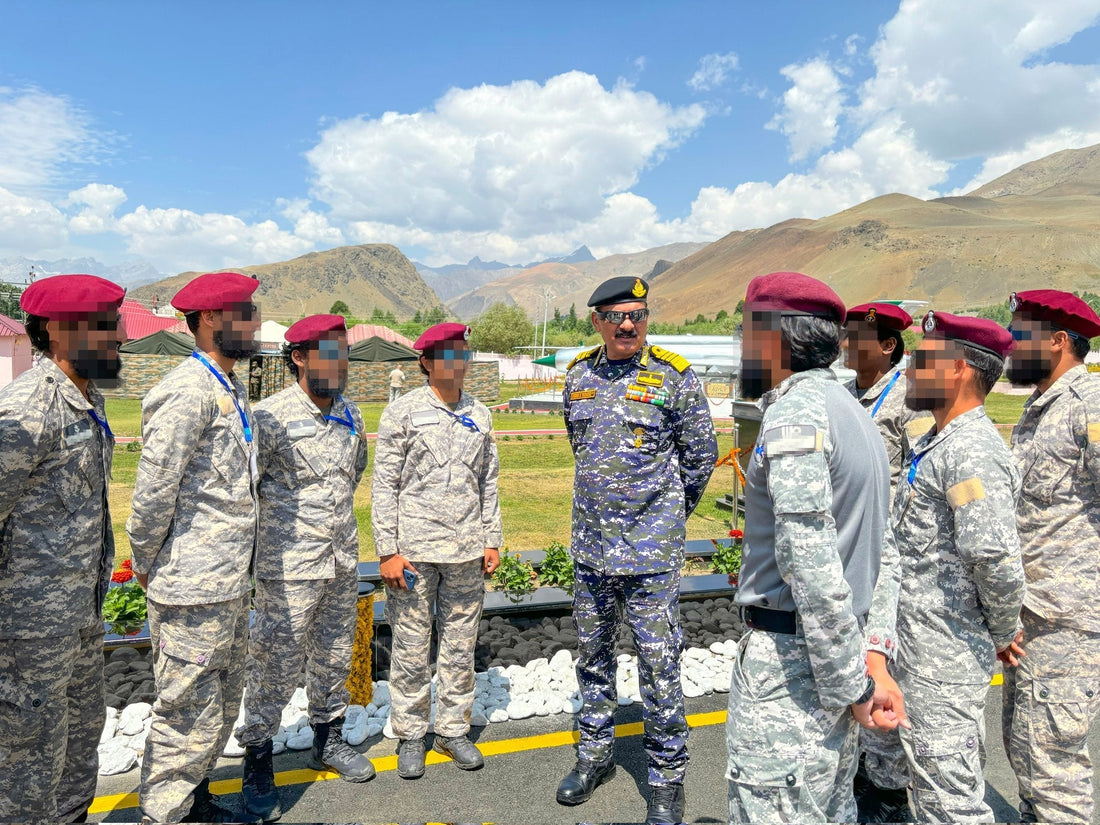
Becoming a MARCOS Commando in the Indian Navy is one of the most demanding endeavors a candidate can undertake. Known for their elite capabilities, MARCOS (Marine Commandos) are India's special operations forces, dedicated to executing high-risk operations in some of the most challenging environments.
The journey to becoming a MARCOS Commando is not only physically demanding but also psychologically taxing, designed to test every aspect of a candidate's ability.
MARCOS Marine Commando Poster
Rs. 399.00
Sale price
Rs. 249.00


MARCOS Coffee Mug
Rs. 699.00
Sale price
Rs. 499.00
Historical Context
The MARCOS unit was officially established in 1987, and its formation was a response to the evolving threats to national security that demanded a specialized skill set for maritime operations. The specialization in counter-terrorism, reconnaissance, and unconventional warfare has been pivotal in high-pressure situations, including the infamous Mumbai attacks of 2008, where MARCOS played a vital role in neutralizing threats. The unit has since earned a reputation for its operational success and resilience, reflected in their rigorous selection process and intense training regimen.
Also Read: How to Become a Pilot in Indian Navy?
Understanding MARCOS: The Elite Force of the Indian Navy
MARCOS has its roots deeply etched in the ideals of bravery and specialized tactical warfare. Their operations often extend beyond the conventional roles of the Navy to encompass counter-terrorism, anti-piracy interventions, and hostage rescue missions. The commitment to serving the nation at such extreme levels requires individuals to possess not just physical strength but also mental fortitude. Only a fraction of those who aspire to join the unit succeed, underscoring the level of determination and skill required.
Eligibility Criteria for MARCOS
To embark on this formidable journey, candidates must meet stringent eligibility criteria, ensuring that only the most qualified individuals enter the selection process.
Nationality and Gender
- Citizenship: Candidates must be Indian citizens.
- Gender: Traditionally, the MARCOS unit has been male-dominated, although evolving military policies may open opportunities for females in the future.
Age Limits
- Potential candidates typically should be between 18 and 30 years old. However, candidates applying as Indian Navy officers should not exceed 20 years.
Educational Qualifications
- A minimum of higher secondary education (10+2) is required. Higher educational qualifications can enhance a candidate's chances significantly.
Service Requirement
- Only individuals already serving as sailors or officers in the Indian Navy are eligible for MARCOS training. This prerequisite ensures that candidates possess foundational naval skills before advancing to special operations training.

The Selection Process
The selection process is multilayered and operates in distinct phases, each designed to assess various facets of a candidate's skill set, endurance, and psychological stability.
Phase 1: Pre-Selection
The journey begins with three arduous days of initial testing, designed to evaluate stamina, physical fitness, and mental resilience. The key components of this phase include:
- Physical Endurance Tests: Candidates must exhibit extraordinary cardiovascular strength and stamina.
- Aptitude Tests: These tests measure intelligence and decision-making capabilities under duress.
Only about 20% of applicants successfully progress beyond this initial filter, signifying the high level of competition.
Phase 2: Selection
This five-week period is arguably the most grueling part of the entire selection process. It is modeled after the U.S. Navy SEALs' "Hell Week" and includes:
- Endurance Runs: Candidates engage in morning runs of 20 kilometers and night marches while carrying heavy loads.
- Stress Tests: Participants are subjected to sleep deprivation and extreme physical tasks to simulate battlefield conditions.
- Live Training: Candidates train with live ammunition, incorporating live fire drills that teach tactical decision-making and marksmanship under pressure.
- Obstacle Courses: This includes an infamous 'death crawl' through mud, immediately followed by an obstacle course requiring speed and accuracy.
This phase is instrumental in identifying individuals who can withstand psychological and physical duress, weeding out those who lack the necessary resilience.
Phase 3: Initial Qualification Training
Those who survive the selection phase move to the Initial Qualification Training, which encompasses:
- Basic Special Forces Training: Covers multiple disciplines including weapons handling, close quarter battle (CQB), hostage rescue operations, and physical combat training.
- Diverse Courses: A 10-week basic special forces training at INS Abhimanyu, a 3-week basic parachute course, and a basic combat divers' course solidify the skills learned in the previous phase.
Phase 4: Advanced Training and Probation
After initial qualification, candidates enter the advanced training phase. This stage covers specialized operations such as:
- Combat Free-fall Training: Involves parachuting from various altitudes under various conditions.
- Clandestine Operations: Training for operations that require stealth and precision, such as anti-piracy missions and surveillance.
- Fieldcraft Techniques: Tactical movement in varied terrains including deserts and mountain warfare expands the versatility of the candidates.
This extensive period lasts around two years, during which the dropout rate exceeds 80%. The arduous training ensures that only a select few can claim the honor of being a MARCOS Commando.
Also Read: How To Become a Garud Commando?
Training Content and Techniques
Training content is exhaustive, enabling candidates to adapt to a myriad of operational environments. Key components include:
- Diving Techniques: Both open and closed circuit diving skills tailored for underwater demolitions, reconnaissance, and escape techniques.
- Explosive Ordnance Disposal: Skills for safely handling and deactivating explosives.
- Counter-Terrorism Operations: Strategies and tactics for neutralizing threats posed by terrorists.
- Amphibious Warfare: Skills focusing on operations that combine land and sea strategies.
By focusing on these disciplines, MARCOS Commandos become extraordinarily capable operators, able to execute missions with precision and efficacy that aligns with their rigorous preparatory training.
Salary and Benefits
While the pursuit of becoming a MARCOS Commando is driven mainly by patriotism and personal fulfillment, financial benefits are also present.
- Basic Salary: MARCOS personnel start with a salary of around Rs. 35,000 per month.
- Allowances: Additional allowances include Ships Diver allowances (Rs. 8,500 to Rs. 10,000), a specific MARCOS allowance (Rs. 25,000), and various field area allowances based on deployment status.
Challenges Faced by Aspirants
The pathway to becoming a MARCOS Commando is littered with challenges, both physical and psychological.
Physical Challenges
- Many candidates struggle to meet the physical demands, with endurance and strength often being a decisive factor.
- The high dropout rate underscores these challenges, as many candidates fail to withstand the rigorous conditioning imposed during training.
Psychological Demands
- The extensive psychological evaluation ensures that candidates can handle stress and maintain composure during tense moments.
- Mental resilience is just as important as physical ability, as the missions undertaken are often life-threatening and require calm decision-making.
SSB Interview Books Power Pack: 4 Must Read Books for Defence Aspirants
Rs. 1,760.00
Sale price
Rs. 1,399.00
Let's Crack SSB Interview Book [Paperback]
Rs. 390.00
Sale price
Rs. 360.00
Breaking The Code of SSB Psychological Tests [Paperback]
Rs. 390.00
Sale price
Rs. 360.00
OIR Test & PPDT - SSB Interview Screening Test - Stage 1 Testing [Paperback]
Rs. 490.00
Sale price
Rs. 375.00
Future Trends and Predictions
As geopolitical situations evolve, so too must the methodologies and training regimens of elite forces like MARCOS.
- Technology Integration: Emerging technologies in surveillance and combat equipment will likely change training paradigms.
- Inclusion Policies: As societal norms evolve, there is a growing expectation for more inclusive policies that may open MARCOS to female candidates.
In conclusion, the journey to becoming a MARCOS Commando is not for the faint-hearted. It requires dedication, resilience, and a deep commitment to the nation. As this elite force continues to evolve, future candidates must remain prepared to face both traditional and emerging challenges. The blend of physical prowess and mental fortitude will always be the bedrock upon which this esteemed unit is built. For those considering this path, preparation must begin now—not merely in the gym, but in cultivating the mindset of a warrior who is ready to serve and protect at the highest levels.
Those serious about pursuing this elite path should explore resources such as SSBCrack and SSBCrackExams, which offer valuable insights and preparatory materials that highlight the necessary skills and knowledge for aspiring MARCOS candidates.
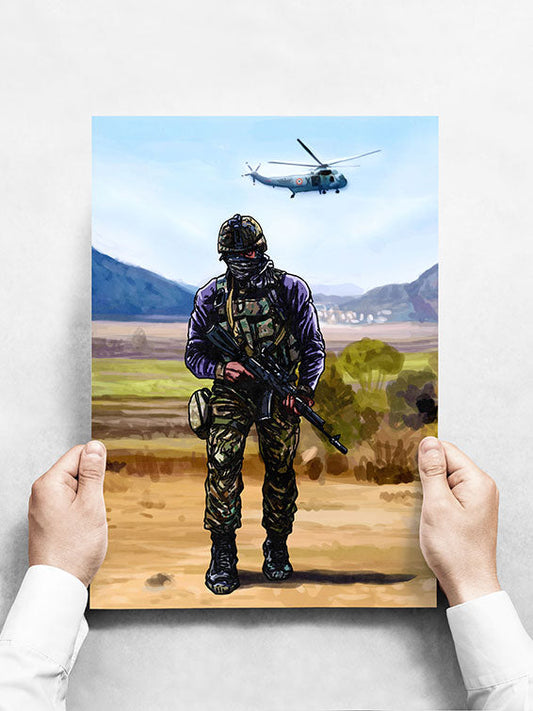


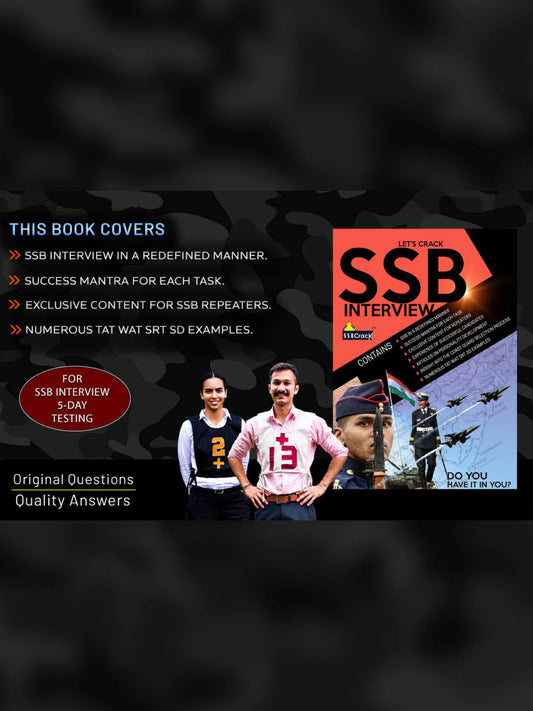
![Let's Crack SSB Interview Book [Paperback]](http://shop.ssbcrack.com/cdn/shop/files/ssb-books.webp?v=1736351621&width=533)
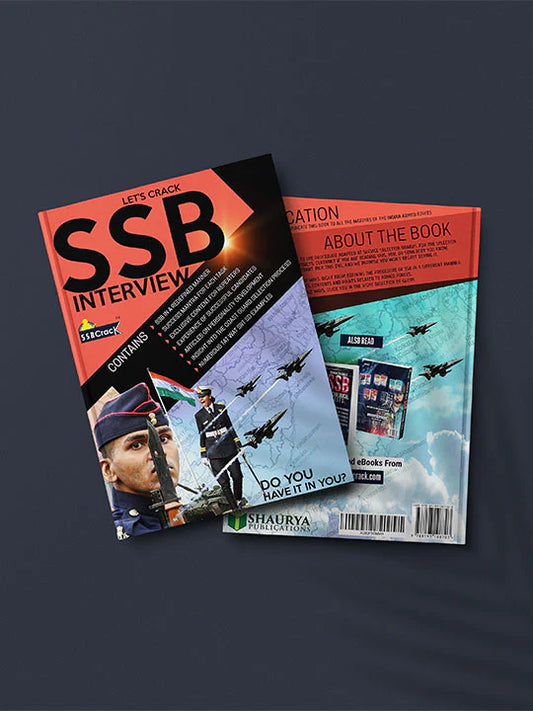
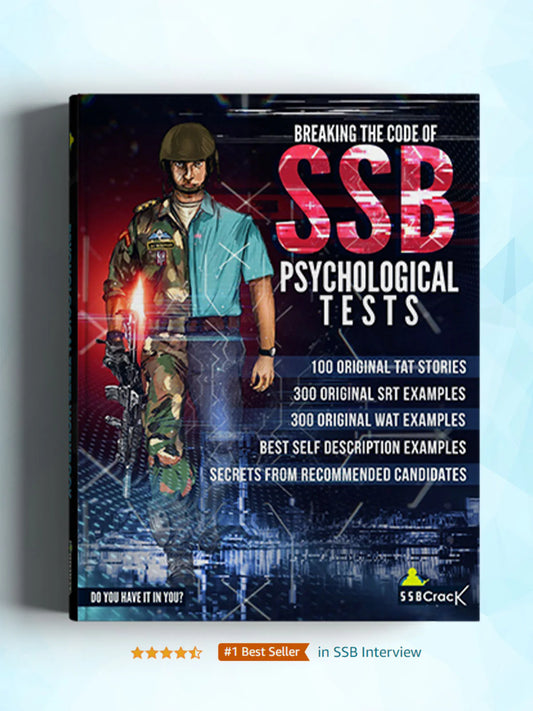
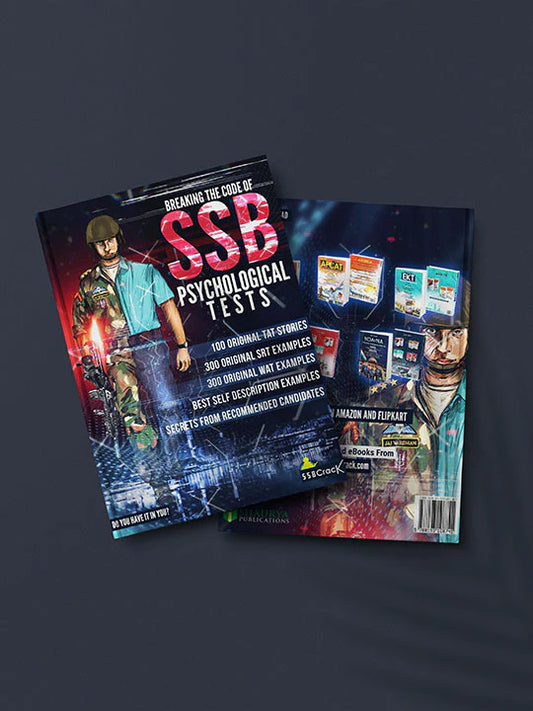
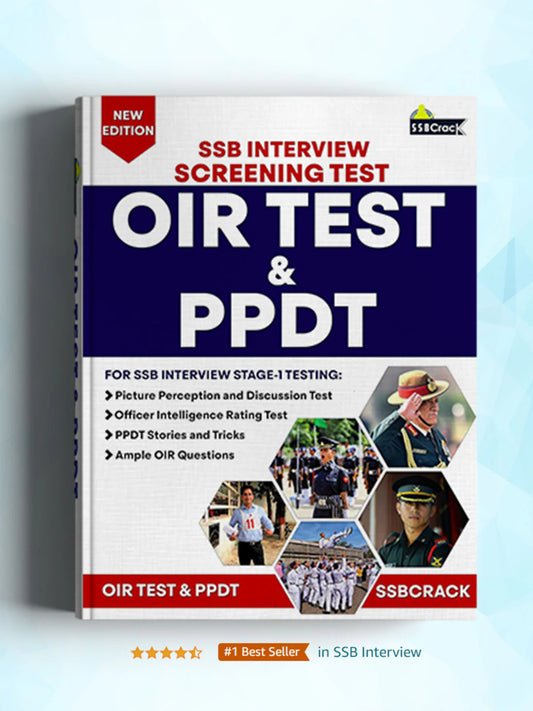
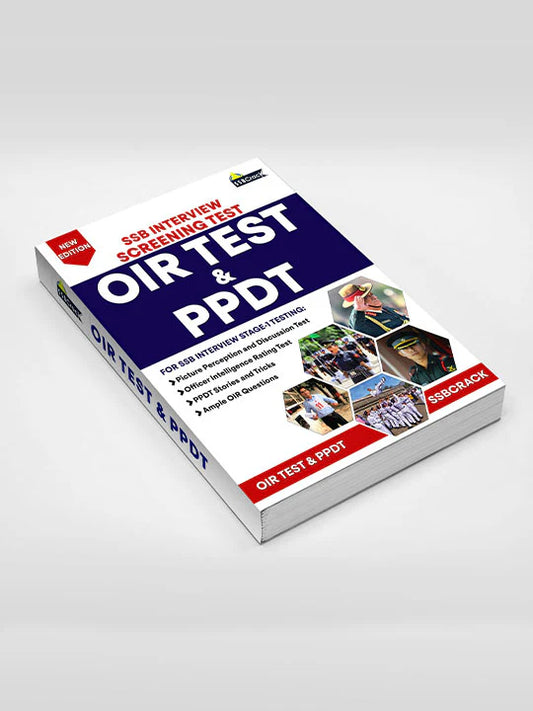

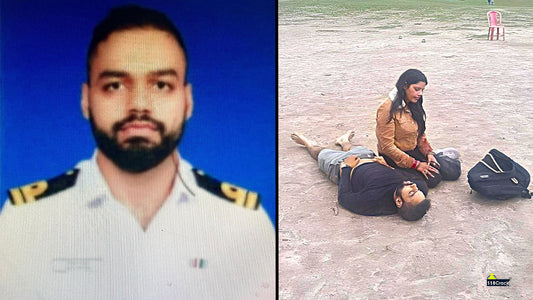
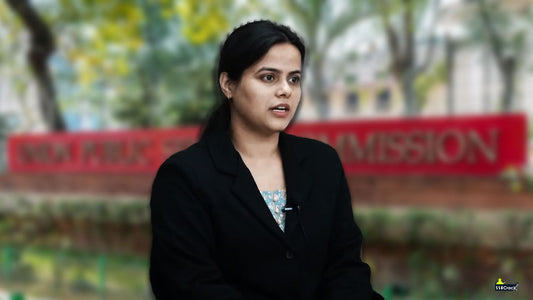
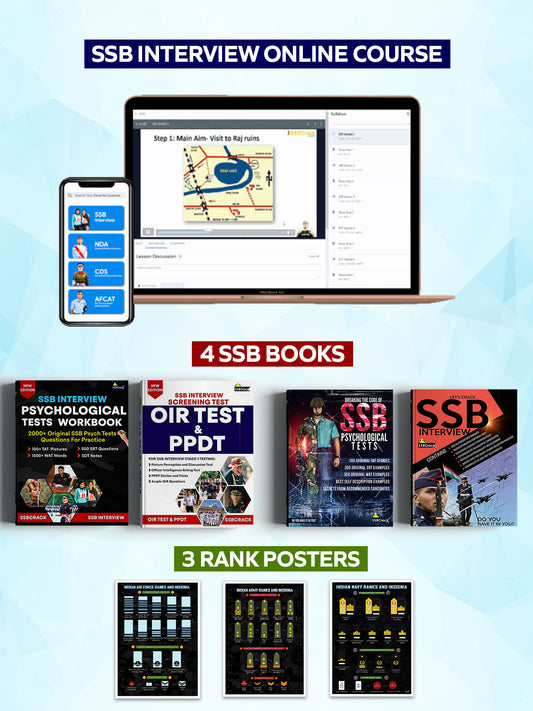

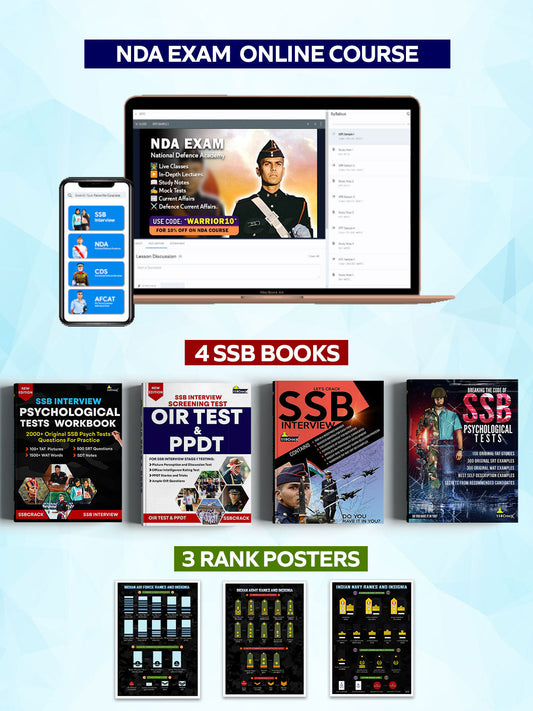

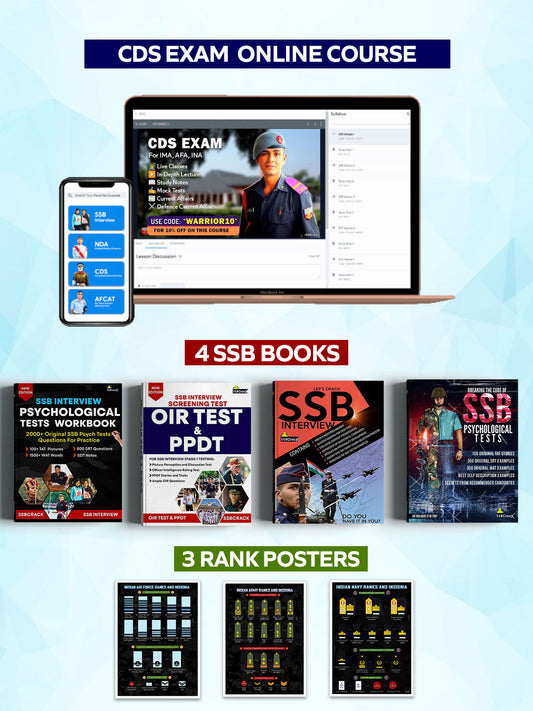

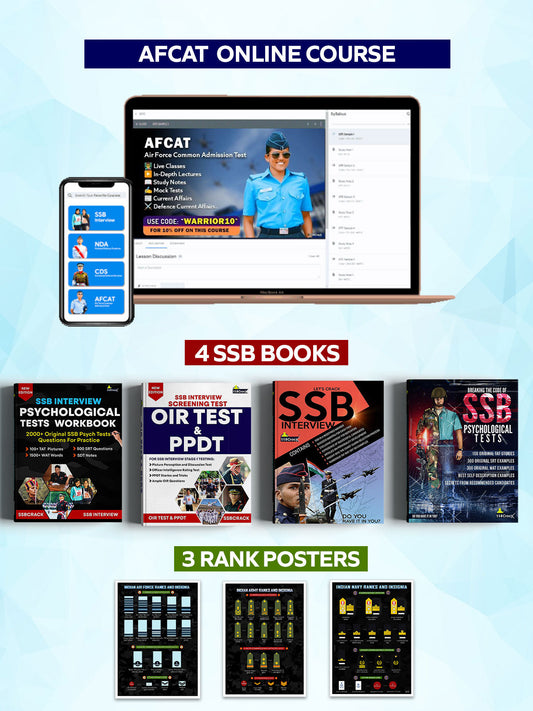

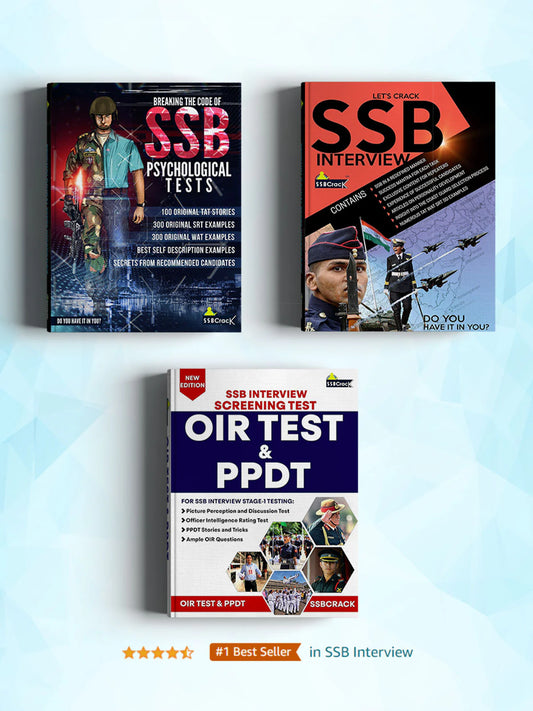
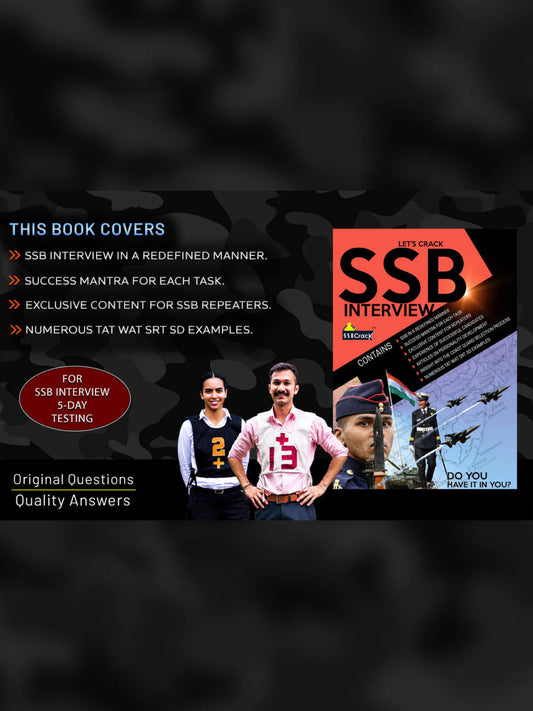

1 comment
.